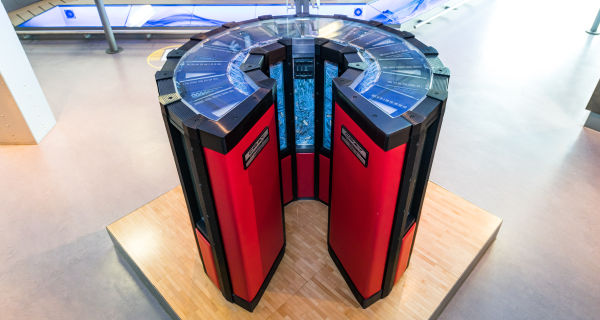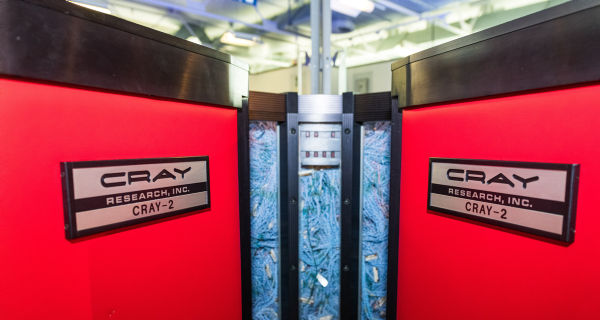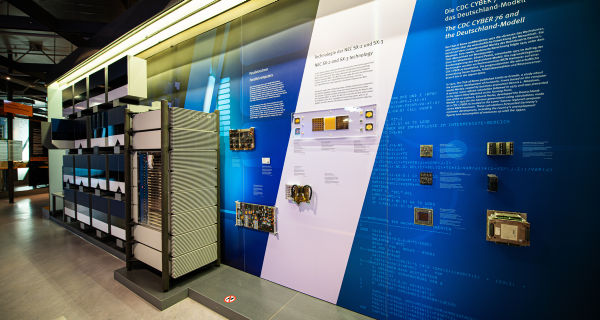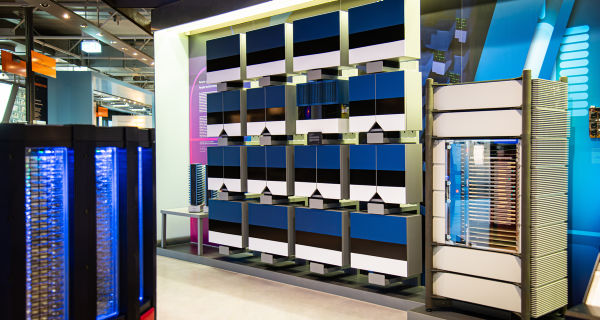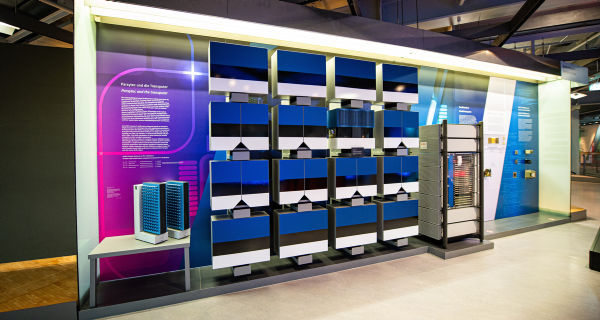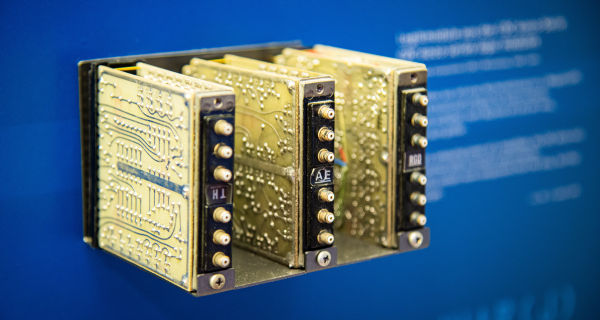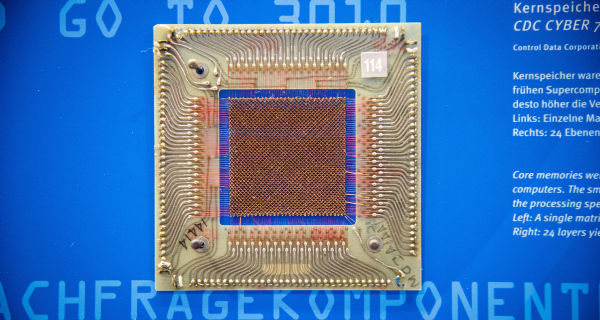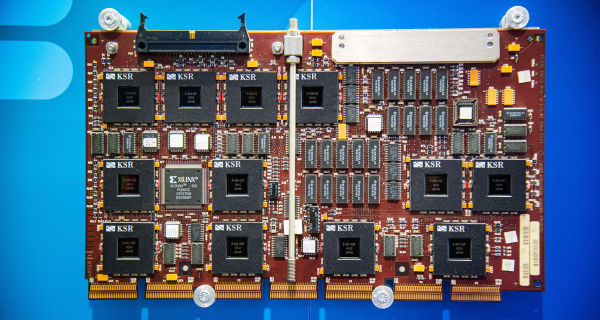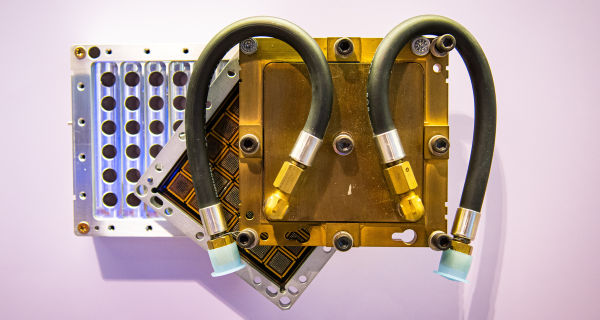Weather forecasting with the aid of the computer was the beginning of electronic computing. John W. Mauchly wanted to utilise the tremendous speed of the ENIAC at the time to numerically solve the extensive systems of equations describing the weather. John von Neumann, who played a leading role in the further development of the computer in the USA, then also dedicated himself to this task. “If it takes longer than 24 hours to calculate the weather for tomorrow, we’ll drop the matter,” he is reported to have said.
Seymour Cray
Fast computers were therefore required. At the beginning of the 1960s, Seymour Cray was able to prove with the CDC 1604 at Control Data that a hundredfold increase in computing speed was possible with the available technology. In the 1970s, a CDC CYBER 76, also developed by Cray, was used to calculate the Germany model, a simulation of Germany’s economic development over the next two decades.
A short time later, Seymour Cray went into business for himself and launched the legendary Cray-1. And the supercomputer was born. This so-called vector computer was able to achieve many times the computing speed of a single-processor machine. The successor model, a Cray-2 from 1986, is the main attraction of this exhibition area.
Multiprocessor systems
With the availability of fast microprocessors, many attempts were made to implement powerful multiprocessor systems. Microprocessors and cooling elements from DEC from the 1990s give an impression of the technical effort that was required for the high performance of this generation of computers.
Until the mid-1990s, the KSR 1 from Kendall Square Research was used at the Alfred Wegener Institute in Bremerhaven to simulate ocean currents and coastal waters.
Parallel computers
The Parsytec GCel and other computers are used to illustrate the principle of parallel computers, which was first implemented at the end of the 1980s on the basis of what were then revolutionary transputer chips. Behind the flaps of the replica façade of the Parsytec GCel you can discover several components and additional information about the transputers, the Parsytec company and its collaboration with the PC² computer centre in Paderborn.
You can follow the entire development of high-performance computers using a multimedia guide, which also allows you to compare the computing power of historical supercomputers with today’s PCs.
